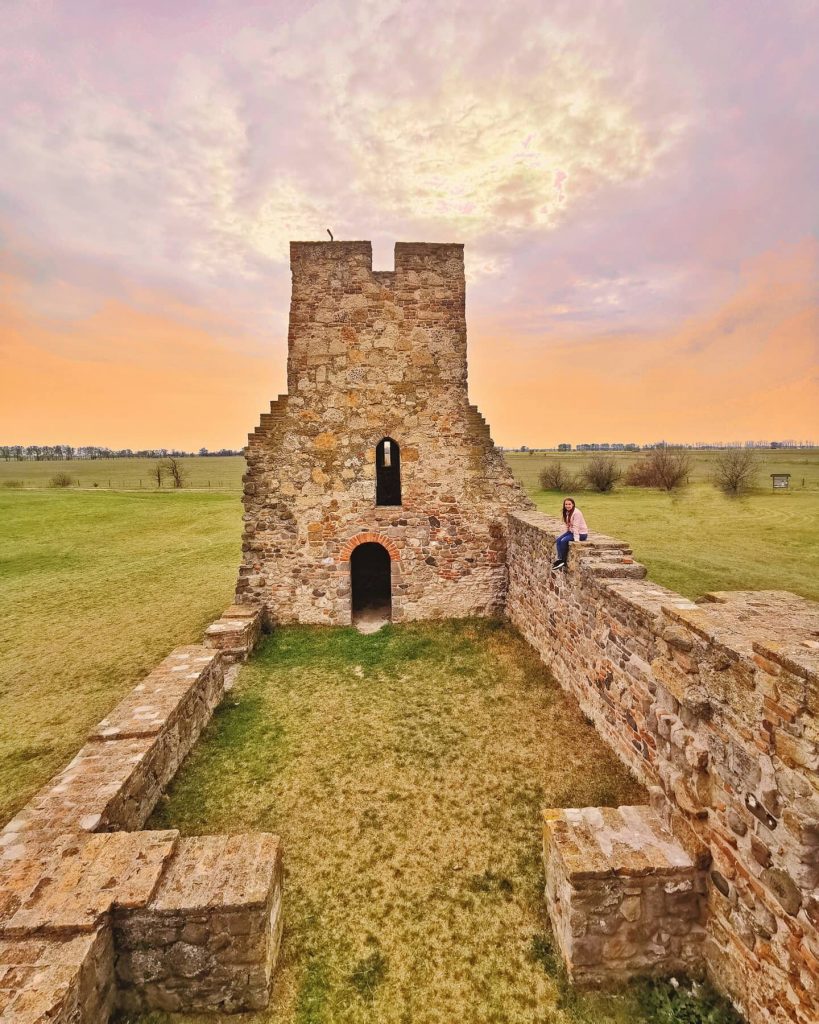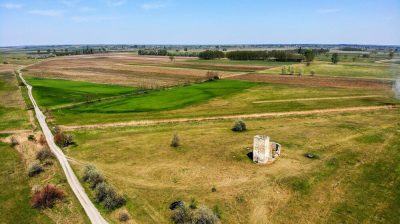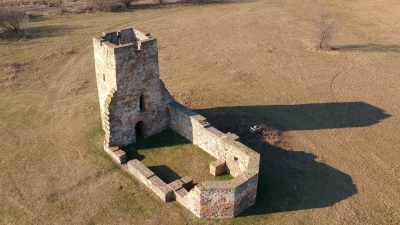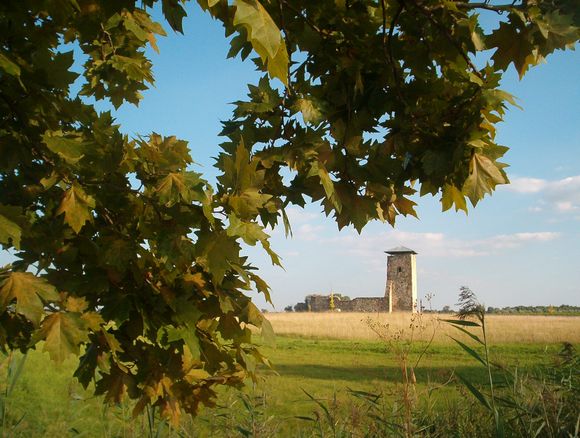In this trail we take you for a special pincic ride! On this occasion we ride for 2 hours in the wonderful National Park and rest at a calm station for 1 hour where we will serve you lunch which you can enjoy in the amazing nature in the company of horses. Then we ride home which means another 2-hour ride.
This program is one of our great favorites for our guests, we are sure you will love it too!

The Maimed Tower
The Maimed Tower is a church ruin on the border of Soltszentimre and Csengőd, a monument of the Árpádian period, although the exact date of construction is unknown. The area was already inhabited at the time of the conquest. The central part of the Danube-Tisza area was a princely and then a royal estate, which can also be found in the name of the surrounding settlement (Solt-Vadkert – royal hunting area). The foundation of the church may have been made in the 11th century (although during the excavations in 1961 the construction date was set to the 14th century due to the formation of an octagon closing on three sides of the sanctuary). The church was built in the Romanesque style with thick porthole-like windows. No traces of buttresses or partitions were found.
The church is located in an east-west direction, single-nave, the gate facing south. No carved or decorated stones were found (there is only one carved stone on the outside of the sanctuary of the church, but this could have been built afterwards). According to the local legend, the church stands as long as this carved stone is in place. The ship is 12.80 m long and 6.30 m wide. The sanctuary is 4.8 m wide. The tower was 2.60 × 2.80 m, 10.6 m high, once 4 storeys. Its building material is predominantly meadow limestone (waspstone), but it also contains rock of volcanic origin (andesite, andesite tuff), which was transported from further afield. Mortar was used as a binder, in which crushed quicklime was inoculated. The outer wall was also plastered, part of which can still be seen today (an engraving dated in the plaster in 1522 was still found in 1930). After the disaster in Mohács, the Turks took control of the Danube-Tisza, and the settlement – together with the other 900 villages in the Great Plain – was destroyed. This is how the church was left in the wilderness.


As early as the 1860s, excavations took place around the ruin for the intercession of the current owner of the area, Sándor Blaskovits and his family. Copper rings, Roman coins, urns, ornaments, Anjou-era swords were found. The finds were stored in the antiquities library of the Kiskunhalas high school and in the Hungarian National Museum. Unfortunately, the antiques store was destroyed in World War II. Between 1920 and 1931, four more excavations were carried out. No documentation of these has survived, only a few photographs. Bone remnants and tile fragments were found during the vineyards around the Maimed Tower, but no one attached importance to it, so unfortunately these finds were lost.
The ruin was in poor condition by the 1920s, a hole was gaping on the north side, and it had become necessary to renovate it. The main urger of the preservation of the condition was the parish priest of that time, Lajos Vorák. Even for the year of St. Imre in 1930, it was not possible to raise enough money for the works. Around this time, the idea arose to demolish the church and rebuild it in its original condition in the village – as the village did not have a church at that time – but this was neither allowed by the monument protection nor there was enough money for it. After thirty years of correspondence and collection, the work was finally completed only in 1961, based on the plans of Ferenc Erdei. Around the turn of the millennium, the building needed to be renovated again. Not only time but also irresponsible people left their mark on the much-seen walls. In 2000, the year of the Millennium, the church ruins were refurbished again. The tower has been given a metal roof, which may not be the most aesthetic, but it protects the centuries-old walls from increasingly aggressive rains. On August 19, 2000, it was the scene of the handover of the Millennium Flag.
